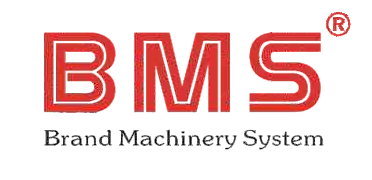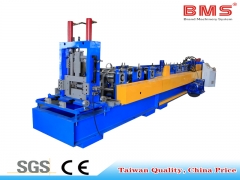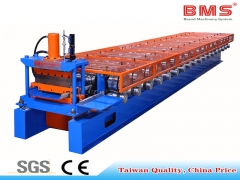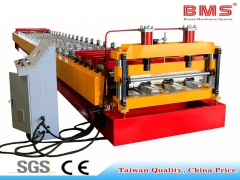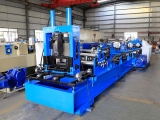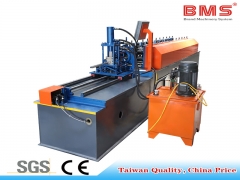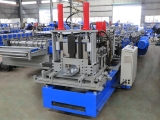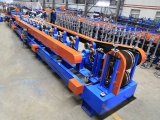Metalworking technology is advancing at such a rate that super strong and flexible metals are being introduced to produce parts that are a quantum leap forward from what we are used to. Computer control of processes ensure microscopic accuracy of production, a major key to profitability for metal stamping companies.
Precision sheet metal work is a big part of the science of metalworking; metal stamping is the processes of punching, blanking, piercing, embossing, drawing, bending, forming, flanging, and coining metals into required shapes that will be parts of a larger structure. Metal gets fed and pressed between high tonnage stamping dies. The metal stamping industry has evolved from simple punch presses to ever more efficient presses that use robotics, in-die sensors, and video inspection systems.
Some metal stamping presses can reach gigantic proportions when the need exists. The Savannah Morning News carried a story about a new metal press for Kia Motors that arrived at the Port of Savannah April 12, 2011 that is so massive a major transportation effort was needed to transfer it in pieces after a month-long voyage from Pyeongtaek, Korea across the Pacific and through the Panama Canal. Some of the heavier pieces weighed up to 170 tons and required a special fleet of trucks to transport them 300 miles inland. Once assembled it will be a 5,400-ton transfer press that will stamp sheet metal into 17 different types of vehicle body panels, including hoods, doors and fenders at the Kia plant in West Georgia. Metal stamping machinery in the automotive industry is used for the production of vehicle body parts, metal bumpers, fenders, hubcaps, moldings, and trims.
The technology of shaping metal has also stretched its effectiveness to smaller, more delicate functions. Today's technology can read like science fiction when companies use the process of EDM, sometimes called "spark machining", where an ultra thin brass wire can cut through the hardest metals, as long as they are electrically conductive. Tooling components are cut by wire 'electrical discharge' machines," says Ken Wojcik, Vice President of Operations for Kenmode Tool & Engineering of Crystal Lake Illinois: "Using electricity directed through wire twice the thickness of a human hair, these EDM machines are capable of cutting intricate shapes in steel and carbide in very close tolerance." A series of continuous electrical discharges passing through the wire removes the metal; the wire doesn't contact the steel directly. The EDM process can cut the very hardest metals; for this reason electrical discharge machining us used to make the actual dies and moulds used in stamping. Due to higher expense of operation EDM is preferred to make prototypes and low volumes of production parts.
Related readings:Steel Framing Systems International Door Frame Forming Machine





















